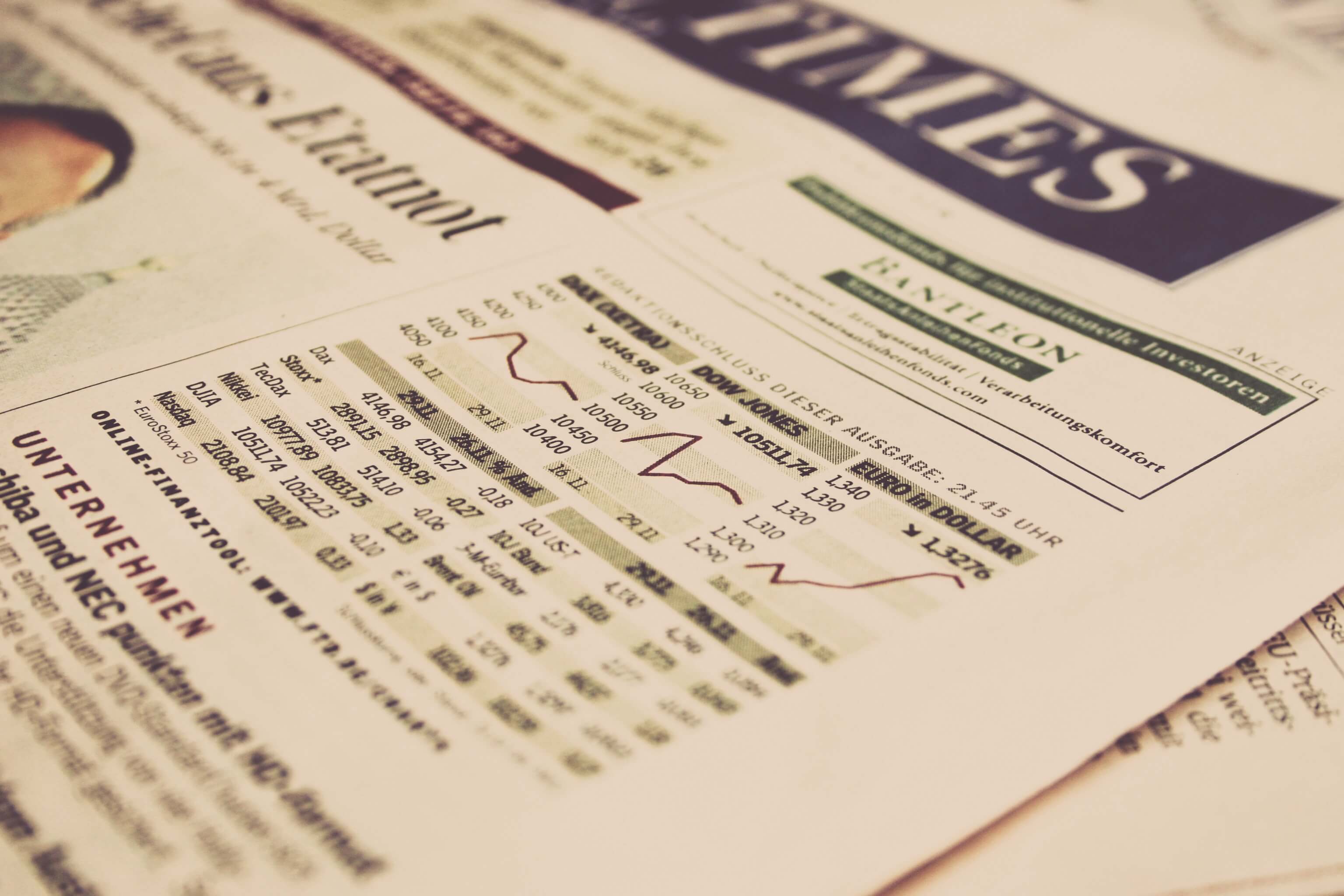Dirty Little Secrets of Commodification in Capitalism

If you are like most people, you will find the Concepts, Principles & Theories of Economics somewhat hard and dry. (DON’T HIDE! We know how badly you wanted to replace the word *somewhat* with a very strong antonym. But Don’t worry, you’ll read the understandable version of commodification and capitalism and related concepts here.)
Socialism, Capitalism and Communism (and other basic concepts of Socio-economics) have always sent chills down your spine. Why? Because either you can’t differentiate between them or don’t understand the complications.
You only know what a Commodity is but don’t understand how Commodification can have volumes of books written over it.
Your understanding of the Pros and Cons of Commodification is limited.
And if that’s you, we are all set to change your perception about Economics and give you an easy to understand explanation of Concepts of Karl Marx, collectively called Marxism.
But before we began, let us share a story you’d enjoy more if you can relate to it. Otherwise, just let your imagination be our friend and follower for a while. You won’t regret it!
So, here begins the fun part:
Imagine living in a town where a few decades back, a friend of your father succeeded in starting a home-based weaving business.
It required time and effort more than his health could permit. But his determination paid off and eventually resulted in him being the owner of a fabric-making factory in your town.
Lucky dude, right?
The once so-poor friend of your father now began to get richer every day.
Each day added to his list of properties in and around the town and only made him wealthier.
Quite an ideal situation here.
How did it affect people?
But the town drank off of his goblet too.
As his business flourished, everyone saw more employment options. Of course, they could foresee a prosperous town.
The town became popular in the neighborhood. The development of the town showed the blessings of the factory in the neighborhood.
However, despite more employability and growth in the town, they had a very little share from the capital of the factory the owner owned.
He was solely in charge of everything.
Nobody had a say in financial matters, and anybody losing his job at the factory could lose all the prosperity any day.
But the people seemed to be happy with at least having jobs, however small wages they were getting in return.
Why were people so happy?
Because people outside the town were dying as they did not have any jobs at all and poverty was on the rise.
Are you following well?
Can you imagine well?
Well, you should actually, because YOU ARE LIVING IN ONE SUCH TOWN yourself.
Just replace the main character (your father’s friend) with the owner of an original factory, and everything would seem to fall in place for you.
And now that the picture is clear in front of you, Congratulations!
You have discovered what the concept of CAPITALISM is all about.
Capitalism is the Socio-Economic system where a bunch of private owners majorly own the production units and produce (and own) capital.
This means that some of the private business owners, industrialists, and traders possess the areas where they own, create, operate, and manage money and related matters. In doing so, they employ and manipulate labor.
This is a real story of our real world
What this means is that the employees hold no significant benefits in this system. All they get is the minimum wage against their labor.
This is because the small group of people (with their hands on capital-production-units) is not working for the benefit of the society in general. They work for the generation of PROFIT for themselves.
Increased wages for employees would lead to a decreased profit margin for the owners. Since this is against their interest and the principle of Capitalism, they would keep matters strictly in their hands.
But how? By keeping wages low despite the hard labor required for the production process.
Another method to keep profit margin high was to employ children and young age group in the production process.
On one hand, it was beneficial for the family the kids would support with a bit of extra money. On the other hand, this meant even more profit margin for the business owners.
Karl Marx’ concepts and theories
A German Philosopher Karl Marx introduced this system, in theory.
As he states, the industrial revolution brought about a visible stratification or conflict.
The owners from the middle class were called Bourgeoisie, who were manipulating the Proletariat, the working class in his theory.
This class difference would only keep manifesting itself when the richer would keep getting richer. On the other side, the poor would stay poor or might even get poorer every passing day. A visible conflict in society is created by this system.
But Hang on! Don’t you observe it all around you even today?
And if you do, what’s the way around?
Marx’s Solution
Karl Marx suggested that education was the sole way Proletariat could fight back the exploitation. This was also the way he suggested to earn good enough for their labor and hard work.
Having taken the side of the Proletariat, the oppressed class, Marx devised another system to end the monopoly of capitalists. The new system, called COMMUNISM, was meant to create equality in society.
As per Marx, in Communism, all the businesses and production units would be owned by all the individuals of the society, sharing the capital on an equal basis.
Now, this sounds too good to be true. But guess what, there are countries in the world practicing Communism.
Did you ever come across one such name?
Communism as per Marx would help eradicate the class stratification and would give all the rights to all the individuals of such a society. At that time, it was an ideal solution and a perfect community in theory.
Before you turn your head to the new theory or we discuss it here, there’s more you need to read and understand about Capitalism, the system you are still a part of.
More about Commodity
The system prevails on the concept of Commodification. A commodity, as per Marx, is “external object, a thing which through its qualities satisfies human needs of one kind or another”. A commodity could be exchanged for its use-value.
The Encyclopedia of Consumer culture defines use and exchange value as follows:
“For Karl Marx, the value of a commodity consists of two different aspects: use value and exchange value. Use value refers to a product’s utility in satisfying needs and wants as afforded by its material properties. Exchange value is the “quantitative relations, as the proportion in which values in use of one sort are exchanged for those of another sort” (Marx 1996, 46)”.
By this definition, the grapes you grow in the garden can’t become a commodity if you use them yourself. But if you exchange them for something else for their use value, they become a commodity.
The possibility for an object to be traded in exchange for something makes it a commodity.
Commodification is essentially the process of turning something into a commodity, i.e., giving it some trade value. Employing the process, it now becomes something one can buy, and one can sell.
But how does it matter?
In today’s world, everything ranging from objects, ideas and entities, etc. are considered to be a commodity. ( This surely ignites a never-ending debate; you’ll see a glimpse here too.)
Purdue University has beautifully summed up the concept on its website as follows:
“In this logic, such things as friendship, knowledge, women, etc. are understood only in terms of their monetary value. In this way, they are no longer treated as things with intrinsic worth but as commodities. (They are valued, that is, only extrinsically in terms of money.) By this logic, a factory worker can be conceptualized not as a human being with specific needs that, as humans, we are obliged to provide but as a mere wage debit in a businessman’s ledger.”
What is the crucial consideration here?
This might make you question, *How can you commoditize everything literally?*
*Where on earth are the law enforcing agencies?*
The answer is, the law is not broken as long as a rightful owner is selling the commodity.
As an owner, you have the right and law permits you to sell or not to sell anything that belongs to you, as per your wish.
What are the commodities around you?
let’s find out about some of the things that have been commoditized in our society:
John Spacey mentions natural resources to have been commoditized.
This, in other words, means tourism has been commoditized. All the natural resources were once free for everyone but now have a cost associated with them to be enjoyed.
Similarly, he states food, products, services, labor, technology, data, knowledge, social status, experience, education, healthcare, and public services to have been commoditized.
But why does it matter?
A public forum debate.org raises an interesting point that health has become a commodity even though doctors take an oath of saving lives and serving the ill.
They, no doubt, are treating the sick but partially following the oath statement. Health is becoming a commodity; only people with a good many bucks in hands can afford to be healthy.
So what about the sick people who cannot afford to be treated? They earn first or let themselves die. It is pretty much their own choice. Huh?
The very same forum speaks of emotions, religious beliefs, the air we breathe, and even the media to have been commoditized.
It also goes on saying that we have commoditized ourselves. Following the beauty and attraction standards set by media and advertisement, we feel pressured to look the best perceived by the eyes of media.
This often makes us take irrational steps like skipping meals, taking massive loans, using expensive cosmetics, and seeking the aid of cosmetic surgeries to satisfy our society-set beauty standards.
But is it all justified?
Are we paying the price against some good?
Is the good worth the price we pay?
What exactly is the price we are paying against commoditizing the world around?
Let us see some of the pros and cons of Commodification.
The good; the positive:
Good or bad is a long debate, but it is safe to say that taking into account the commercial aspect is one right way to keep the money circulating in society today.
Let’s began with some positivity which might reap some good news.
In the process of commoditizing, competition takes over. What does it result in?
Back to the old story:
Let’s get back to the story of your father’s friend’s fabric factory that has led to the development of a vast industry now.
How so?
As the owner of the factory was seen flourishing like crazy, some of the wealthy industrialists realized the potential of growth in this industry.
They decided to enter the market, but they were not in competition with the first factory, not even close.
So the big hats joined in brainstorming and decided to spend more on researching ideas. They figured out processes of production that would yield quality fabric at a low cost.
This way, they would sell at a competitive or even at less price. The plan was to basically end the monopoly of the first businessman (your father’s friend).
The market shifted from the old to new, and the old started to lose business. That was devastating. He had successfully maintained his monopoly for years and years. It was all coming to an end, a rather rough one at that.
Age is often associated with wisdom. So what could the age do?
Could he let a bunch of newbies take over like this?
Not at all!
He did not rule the industry to end up like this, so he refused to give in.
But he had many fronts to fight on.
He had held the experienced yet underpaid labor for years. But now the labors were offered better job opportunities by competitors. They were leaving him.
He was losing business to low price.
He was side corned in the name of old-fashioned against the terms modern, trendy, and up-to-date.
So, he devised a strategy to regain his market share, at least to some extent.
This is how commodification suits you
He decided to cut short his profit margins in many areas.
He raised the salaries of employees to retain them. Also, he took steps to bring innovation in his fabric and production process to minimize cost and increase yield and quality.
He decided to decrease the prices in comparison to his competitors slightly. The use of new technology & appealing marketing tactics helped him. He regained the uniqueness once associated with his name.
Not that he was as successful in monetary terms as he used to be without competition. But at least he got back in the market.
But where’s the advantage in the whole story that we restated this example for? Yeah, that’s the part that would interest you the most.
As a result of decreased prices, masses were the ones (you of course) to get good material for low costs.
With the growth of the industry, masses were the ones to get more job options. As a result of the utilization of new advertising resources, even more job options were created again for the same masses.
So this is how the industrial revolution as a result of rapid commoditization created and maintained functional consequences for the ordinary people.
Agree or not, it changed your life for good. It improved your living standards for sure.
Is Commodification a compulsion or a duty?
Talking about Commodification in general, an object, idea, or entity is bought or sold upon a unanimous agreement by the buyer and seller at an agreed price. No one party can force the other to take the decision.
This means that trade or exchange is carried out only when it is desired. There is always some associated benefit with a deal so you can’t only mourn over the cons of commoditization. That is a straight bias.
In the previous example, we saw the creation of new jobs in the process of the industrial revolution. The latest jobs lead to improved living standards.
This includes turning to leisure like watching movies, traveling, opting for better healthcare options, experiencing new and better food, etc.
How else do you think you can taste and enjoy the food from the world around, that too out of season yet fresh as possible?
As food became a commodity, industrialists exerted special efforts to produce it in bulk. They also aimed to have the food for less space, time and cost and to have it available out of season.
Services generally improve as a result of the Commodification of each of these areas. The result is often an improvement in our lifestyle. That was the good news, rather THE BEST!
But what’s the catch here?
Commodification-Dirty little secrets:
Everything has 2-sides, i.e., the right side and the wrong side. Commodification probably doesn’t have the wrong side but an ugly one, yes.
Peep into this side and see how Commodification has reduced the value of everything. We now see things (and well, appreciate them) only in the financial aspects.
Do we not measure the quality of everything from friendship to art to healthcare in dollars? Emotions like love have almost lost their value.
This often leads to the moral degradation of society. And moral degradation doesn’t lead to an end; it is THE end itself.
The exploitation of resources leads to an imbalance. From what it looks, this is the end you are experiencing. Think of Global warming, increased storms, flooding, endangering and extinction of species and what not!
Final thought:
To sum it up, many of the negative aspects of Commodification are reversible with a little effort. Many of the positive ones have far-reaching effects and have a multipliable tendency.
So the question is, should we or should we not oppose Commodification in general? If we do, we’ll lose hold of the plush side. If we don’t, we’ll lose the nature at its best.
So, share your opinion and let us see if we can gather for a positive change and a positive future for our upcoming generations? Because WHY NOT if we really can?
And if you are up for reading more of some great content, do not hesitate to check our blog section.
Happy reading 🙂











This really help a lot for my upcoming reports about commodification, big thanks to you!!